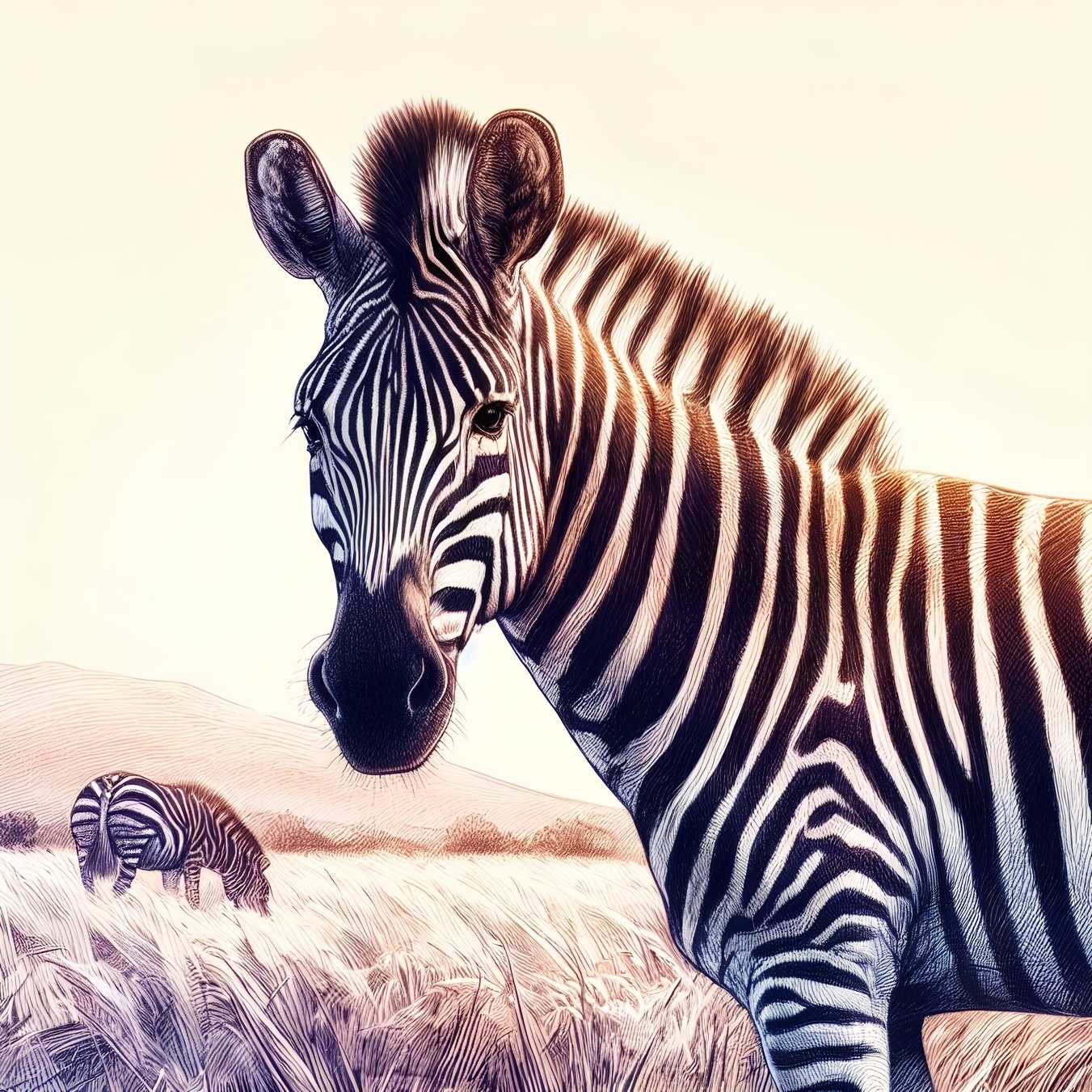Why Do Zebras Have Stripes?
Zebras have stripes primarily for camouflage and protection from predators. The unique stripe pattern helps them blend into their natural habitat and makes it difficult for predators to single out individual zebras.

Zebras have stripes primarily for camouflage and protection from predators. The unique stripe pattern helps them blend into their natural habitat and makes it difficult for predators to single out individual zebras.

